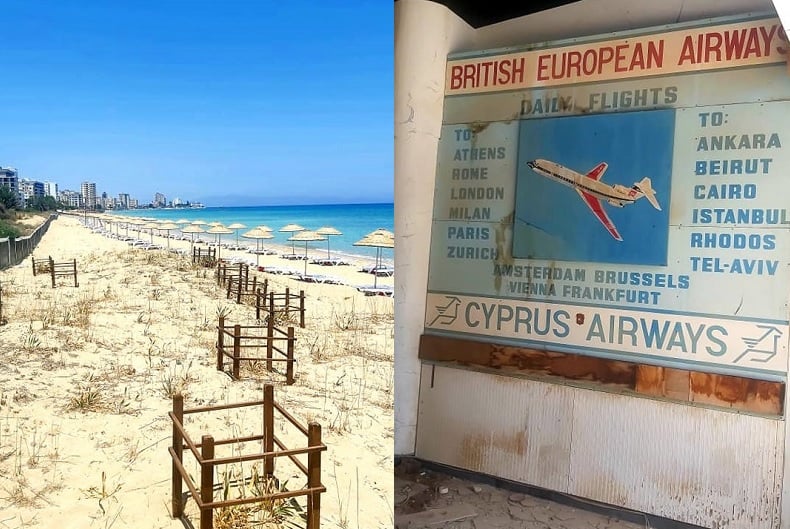
Varosha is an abandoned southern quarter of the Cypriot town of Famagusta, whose inhabitants fled during the second phase of the Turkish invasion of Cyprus in 1974. The town came under Turkish occupation, and it has remained abandoned ever since.
Opinion by Rena Choplarou
The quarter continues to be uninhabited; buildings have decayed, and, in some cases, their contents have been looted over the years; some streets are overgrown with vegetation, and the quarter is generally described as a ghost town. The entrance to Varosha had long been forbidden, at least since last October, when it was partially reopened.
When we recently visited Varosha with Famagustian George Ierodiakonou, it felt like a journey into a town where time has literally stood still, creating a deeply saddening experience. We felt our souls freeze. We were devastated, heartbroken and upset.
There is nowhere in the world a place such as this: a whole town awaiting for 47 years as it was left abandoned by its inhabitants during the Turkish invasion of 1974.
Varosha’s cosmopolitan culture dissolved
Wounding, to see before your eyes a whole Greek community, including its unique cosmopolitan culture, completely dissolved at Varosha.
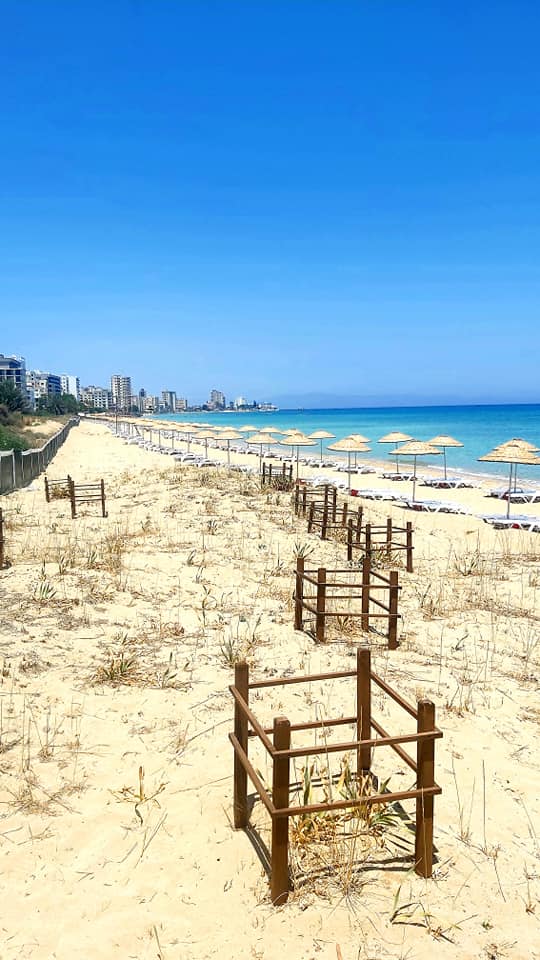
Within overgrown gardens, buildings half-destroyed, if not reduced to rubble, road signs which depict well-traveled persons, multilingual merchants, great craftsmanship with connections and relations throughout Europe and the Middle East lies the ghost of the spirit which once thrived.
This is where historical eras bonded harmoniously and where civilizations played a significant role in generating such a unique Mediterranean town. Streets like Leonidas and Evagorou intersect with Kennedy Avenue that leads you onto the west of the Vienna Corner; ancient times and modern worlds, Europe and the Middle East amalgamated on this thick stretch of blonde sandy beach.
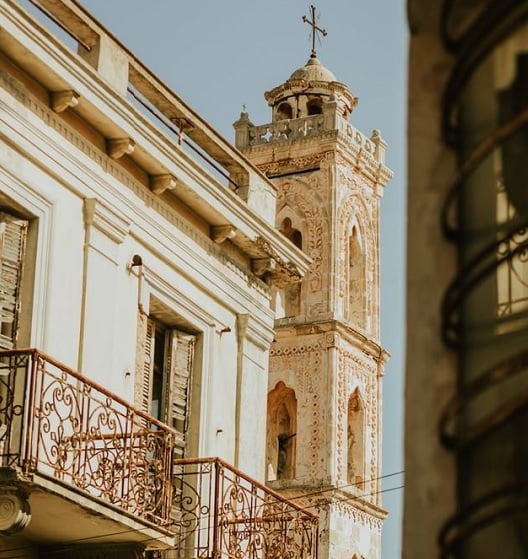
In 1974 Varosha consisted of 55 hotels. Sewerage had been introduced in 1969. It boasted wide, cast pavements which Nicosia does not even have to this day. Along Kennedy Avenue, we witnessed the famous multi-storey hotels such as The King George Hotel, The Asterias Hotel, The Grecian Hotel, The Florida Hotel and of course The Argo Hotel which was Elizabeth Taylor’s favorite. Hence it was not named the Cypriot Riviera by chance.
George Ierodiakonou’s father brought central London’s bespoke tailoring Savile Row to Varosha. The distinctive yellow sign adorned with calligraphy still stands.
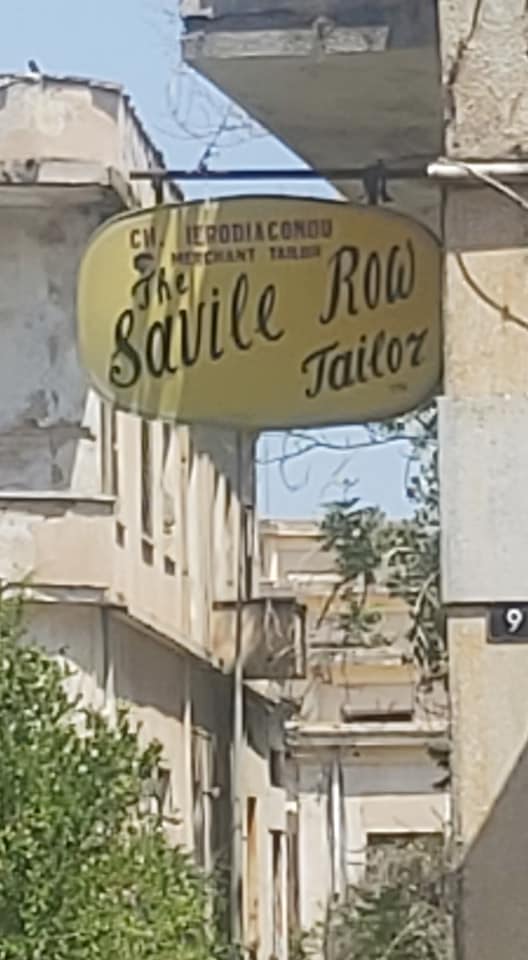
Worldwide travel destinations including Istanbul and Ankara which were once easy and swift to get to, are still advertised on a Cyprus Airways sign-on Demokratias Avenue.
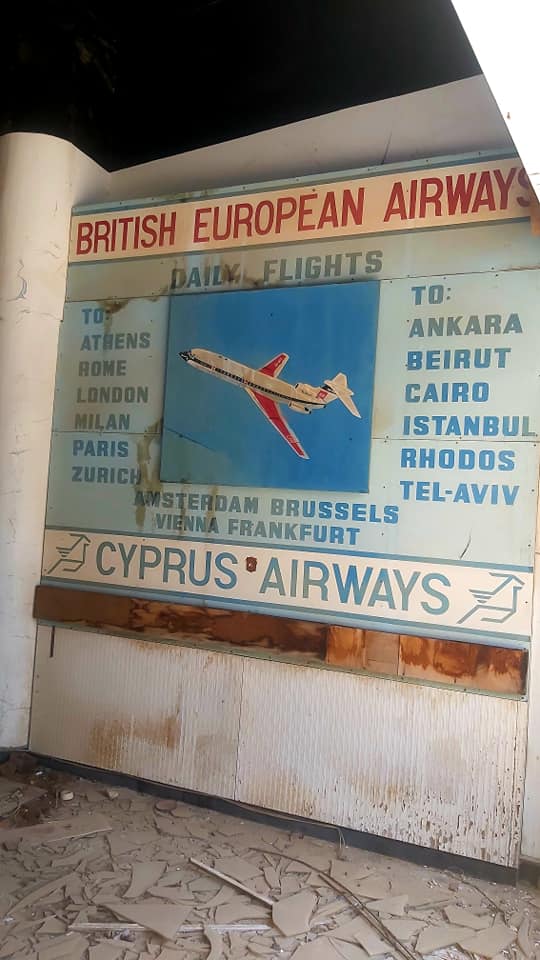
The Olympic Airways premises next door, still standing in a relatively good condition resides unaware of the 2009 privatization.

In the process of being lost permanently and irrevocably are the Galides shoe shop, Toyota representatives, the Kyriakou bookshop which is located in Limassol nowadays and dozens of either small or large family businesses of another Cyprus.
How does one describe absurdity?
“Take it all in” advised Toullla Iacovou, a refuge from Varosha over the phone as we were heading towards Famagusta because it will gradually cease to exist. “We are not well. We are sick”.

How does one describe absurdity? How can one write about Famagustian friends standing in front of their shops and houses while weeping helplessly and inconsolably? No metaphor can convey their sentiments. Even so, we must find the right words to voice this struggle.
Silence and apathy condemn Varosha to a second death. Is there anyone willing and able to give a political battle for Varosha or have we just written it off completely?
It is the only town where no Turks have settled. The only town that could have actually been returned in 1978 when the Americans still had an arms embargo on Turkey. The largest town in terms of refugees, the one that if returned would send back to their homes a quarter of displaced families.
This, too, turns the most extroverted, Greek cradle of the island into a lost homeland on the altar of maximalism and fatalism. Varosha is fading as is the hope of the refugees for return, our hope that, perhaps, there can be a different tomorrow for our homeland, peaceful for all its inhabitants.
Every year that has gone by without a solution has worked relentlessly in the interest of the occupation. The refugees have grown old and died one after the other or have got tired of waiting and have moved on with their lives elsewhere, keeping the uprooting wound deep in their hearts.
It is no coincidence that all Greek Cypriot politicians who oppose the solution speak disparagingly about Famagusta. Unique evidence of the present and the future: this is the result of a long term, non-negotiable feud. The town has been left to stand alone – how long for? At Erdogan’s mercy and his runner Tatar.
Are we so passive that our side has never managed to bring to the table a dynamic proposition concerning Varosha? A proposition for this town that could be a model on a global scale of a modern city along with coexistence? A city that could determine the overall solution to the Cyprus Problem?
Rena Choplarou is an educator, teacher trainer, author of educational material and a peace activist of divided Cyprus. She was one of the leading members of the Board of Association of Historical Dialogue and Research who conceived and materialized the idea of a “Home for Cooperation” in the Buffer Zone of Nicosia (2005 – 2013). She was the head of the Bi – Communal Committee of the ruling Democratic Rally party and she organized many public discussions around the Cyprus Issue, initiated many Peace Festivals and activities like historical walking tours that brought together thousands of people across the divide (2014 – 2017). Currently she is teaching refugee and asylum-seeking children of the Kofinou Camp and other schools in urban Nicosia. She is a regular contributor to the “Politis” newspaper.
See all the latest news from Greece and the world at Greekreporter.com. Contact our newsroom to report an update or send your story, photos and videos. Follow GR on Google News and subscribe here to our daily email!



